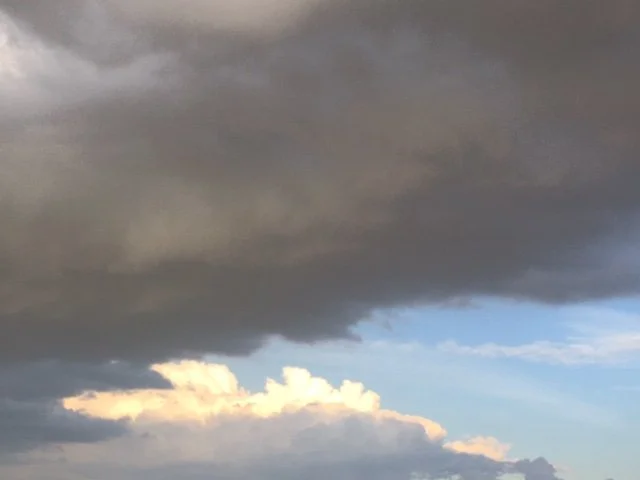TRANSPORTATION
These days, when I am in danger of reading too much news, I turn to Robert Macfarlane, the great nature writer/explorer/seeker/humanist. Currently I’m deep in “The Wild Places” and have just been journeying with him on a snowy winter night on Bleaberry Tarn in England’s Lake District. To say he is transporting is an understatement and this sentence of his: “The brightest of all nightscapes is to be found when a full moon shines on winter mountains,” transported me back to the end of January 1966 when, age 19, I took the Canadian National train from Toronto to Vancouver, alone. It was a journey of 3 days and 3 nights that holds many memories, but the one that Macfarlane’s words conjured up is etched not only into my mind’s eye, but into the retina itself.
On the second night, I lay in my lower bunk bed watching the vast Canadian landscape scroll by the window. It was full moon and we had just entered the Rockies which, after a day in the emptiness of the Calgary plains, seemed to jut out of nowhere as if a curtain had come down on one scene and been abruptly raised on another. Unable to sleep, I made my way through the corridors of slumbering passengers to the rear of the train and up a flight of stairs to the empty, glass dome-car where I sat through the night watching the train snake ahead of me while all around the snow-covered mountains and valleys shone with a brilliance and clarity that was almost painful. The combination of light from the full moon reflecting off the landscape rendered everything black and white beneath an impassive gray sky. The scale of this moving territory was so enormous I couldn’t fathom it, especially coming from England where, for the previous three years, I had been living in London. While my childhood was filled with sea and fields and woods, they were of pastoral beauty and rendered forever miniature during the hours I spent in that dome car. I became so mesmerized that at one point I felt myself to be stationary, that it was the mountains doing the moving; every ridge and crevice stark in the absence of colour. Now all these years later it is easy to read those hours like a tarot deck, forecasting the long journey ahead of me with all its drama and ups and downs, albeit in technicolor.
Here in Tuscany the moon rose full at 8:52pm last night (3rdAugust). An hour or so earlier Joel and I had sat outside enjoying the first cool evening in six days. A late afternoon storm had brought half an hour of torrential rain during which I lay on a long bench outside, listening to the sound of it on the roof of the pergola while watching the wind whip the wayward wands of wisteria. What joy to feel the release of all the pent up energy from the recent days of 102° temperature, an oppressive heat that had kept us inside from ten in the morning until ten at night. A cruel lockdown at this moment in time.
Perhaps it was the arrival of the storm and its theft of the heat that released something long buried in us, for as we sat in the wicker chairs we shared a communion so rare and deep that it had about it a seismic quality, as if the tectonic plates of our relationship had shifted without damage, revealing a new landscape for us to explore.
I set my alarm for 8:52 feeling that although this full moon was the exact opposite from my, and indeed Macfarlane’s, snowy mountains experience - this one arriving in a sun-drenched summer valley - I instinctively felt it would be as impressive. The garden still held the last faint touch of daylight. The sky above and in front of us was already darkening. A near black cloud stretched from east to west and in the south, south east, where the cloud dipped low, a deep vibrant red glowed, glowered even, as for a minute we couldn’t figure out what we were looking at. Obviously not the sun which had, as it is wont to do, set in the west. It was so disorienting that for a few seconds it felt malevolent, reminding us of the whiff of sulfur that the earlier storm had carried.
Then, as the red began to fade, we realized that down below it was the rising moon the brilliant light of which had captured the last of the sunset. Still too low to rise above the black cloud, we watched as its light painted the top edge of the cloud gold; watched in awe as if an invisible hand was gilding the map-edged mass until the intricate line became liquid with light. Finally the moon found its opening in a western dip and boom! There it was, blinding, hypnotic, energizing, its light so powerful that when we finally looked away we couldn’t see the ground beneath us.
Perhaps during this time when we are all finding it hard to see the ground beneath us it is worth looking up and letting the night sky guide us and reassure us. In the meantime, for those of you unable to access nature, I recommend reading any of Macfarlane’s books. He will transport you. You could say he’s public transportation at its best: cheap, safe and available at all hours, through all seasons.
Also, I would like to recommend two documentary films on the “nature” artist, Andy Goldsworthy.
1. Rivers and Tides
2. Leaning Into The Wind
They are both available on Amazon Prime, but if you don’t wish to contribute to Bezos billions you could visit the filmmakers website where you can download them.
http://www.thomas-riedelsheimer.de/Films.html
Stay safe
With love,
Maggie


